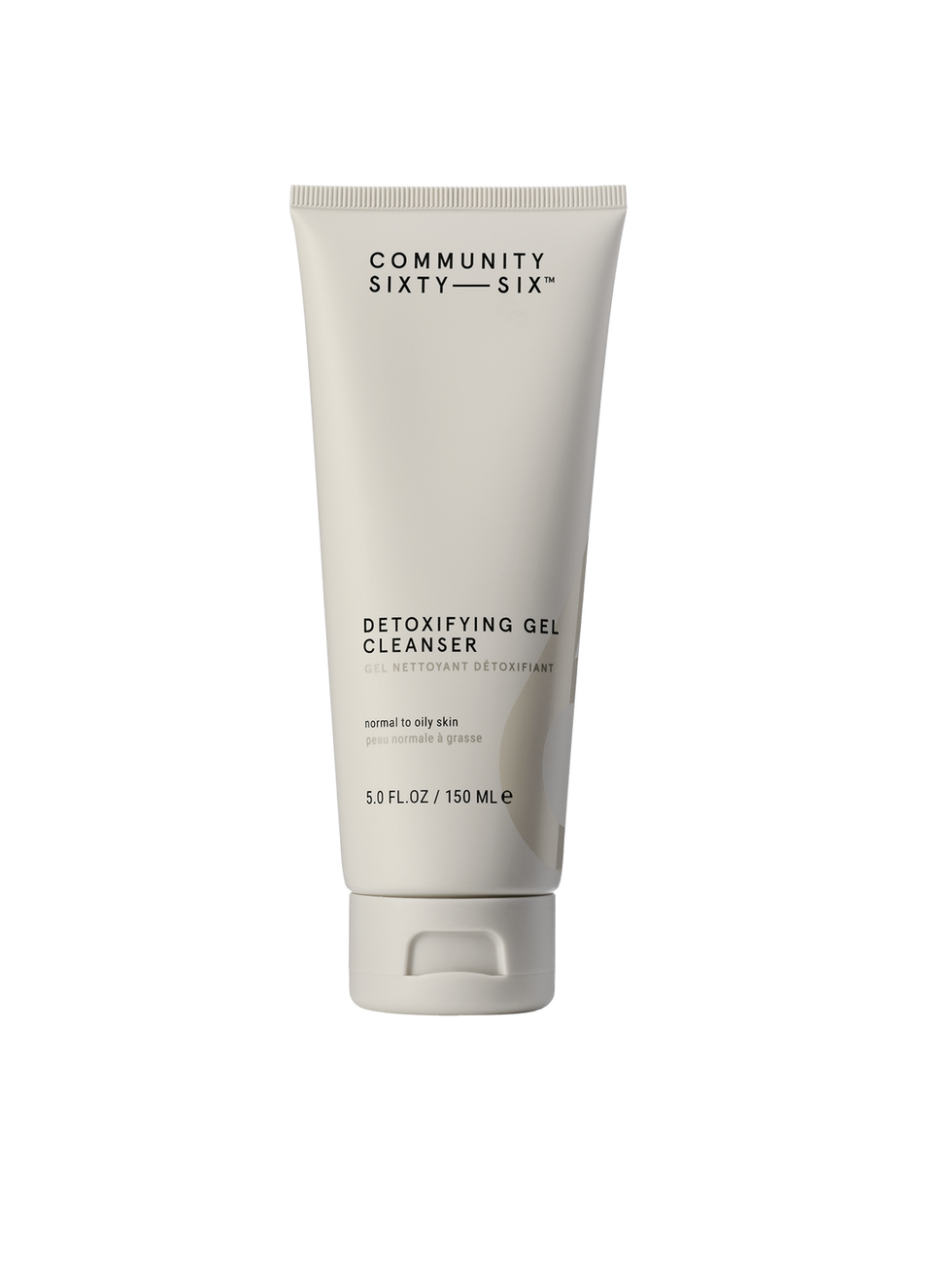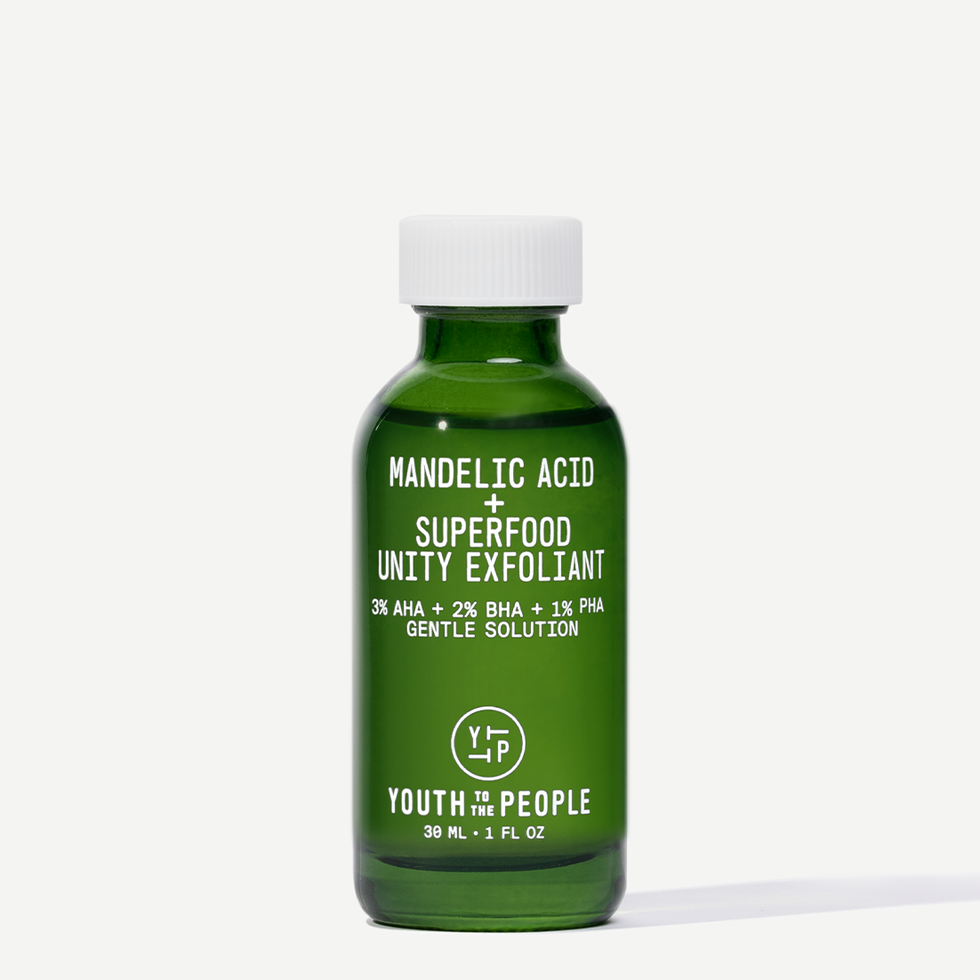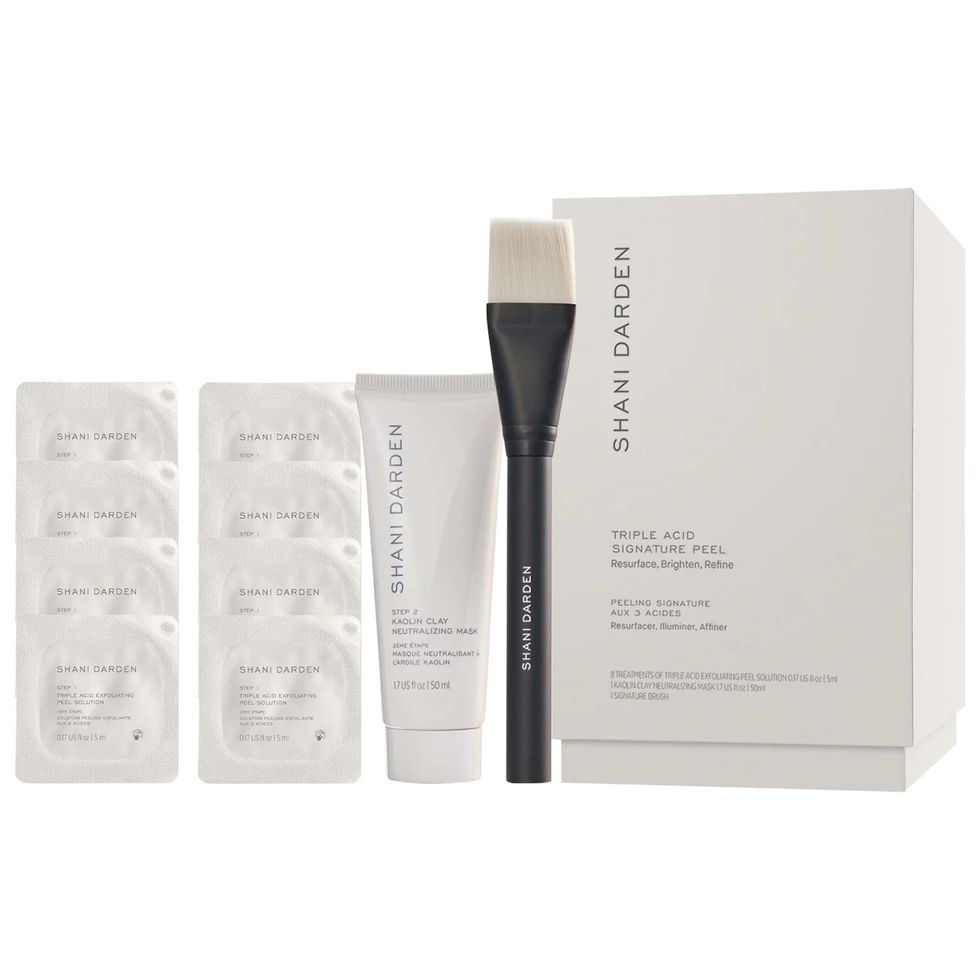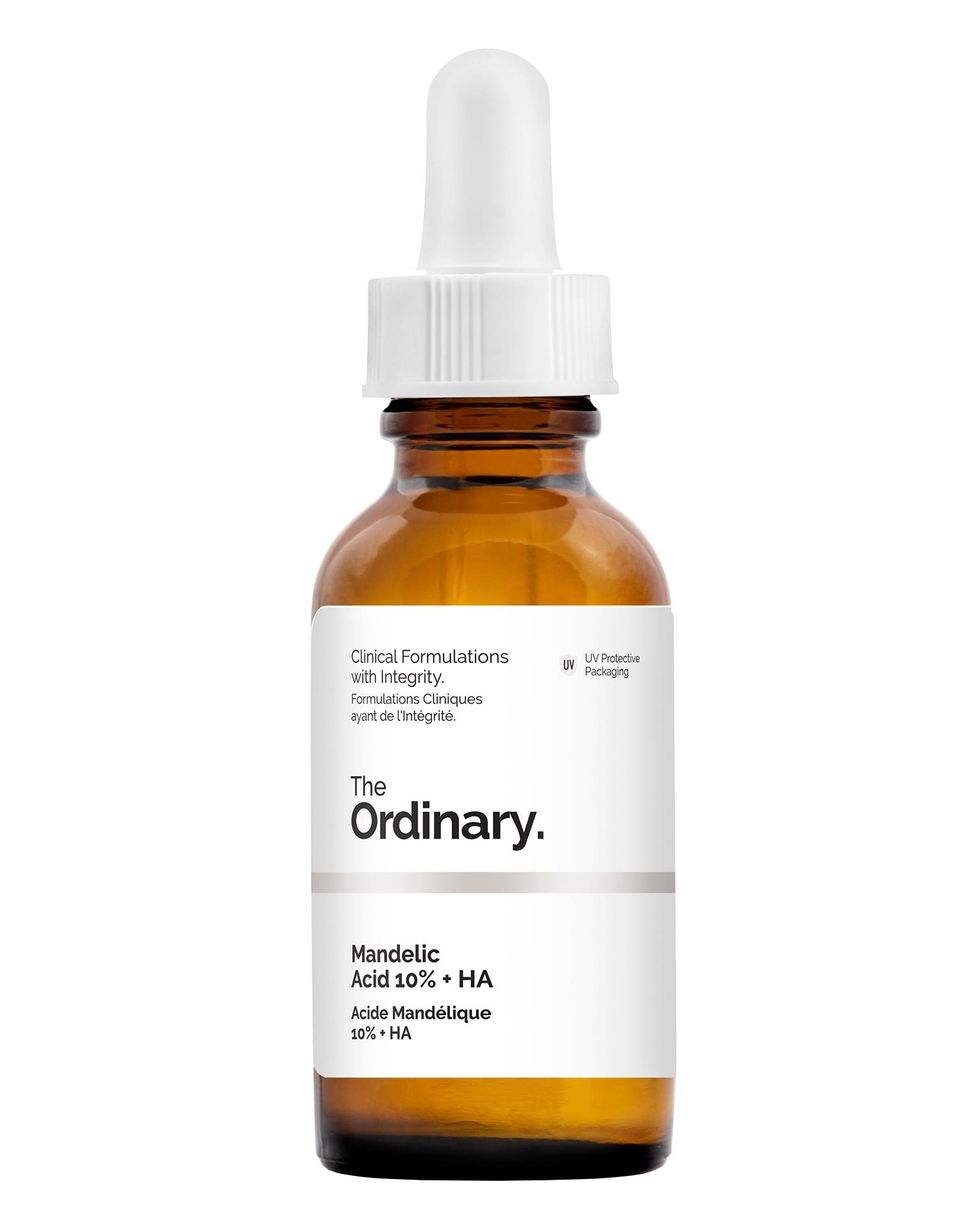Mandelic Acid is Perfect for Hyperpigmentation-Prone Skin
This little-known ingredient has some major benefits.

When it comes to chemical exfoliants, specifically alpha hydroxy acids, odds are you’ve heard of lactic and glycolic acid. But there’s another AHA that doesn’t get nearly as much attention as it should: mandelic acid. Even though most people aren’t aware of the ingredient, experts agree that many people could benefit from adding mandelic acid to their skincare routine. If you have yet to find an acid that plays well with your skin, you’ll want to keep reading.
Ahead, we asked Anar Mikailov, MD, FAAD, board-certified dermatologist and co-founder of Skintensive, and Gabriella Vasile, DO, FAAD, and board-certified dermatologist based in Atlanta and Charleston, about what makes mandelic acid different from other exfoliants and why it’s great for all skin types and skin tones. Plus, the five best mandelic acid products.
What is mandelic acid and how does it benefit skin?
Mandelic acid is an AHA and it was initially derived from bitter almonds, says Dr. Mikailov. “Mandelic acid, like other AHAs, works by sloughing off dead skin cells and boosting skin collagen production, leading to a more even skin tone, decreased hyperpigmentation, and plumper skin over time,” adds Dr. Vasile.
According to Dr. Vasile, mandelic acid works especially well for those with oily or acne-prone skin because it’s been shown to decrease inflammation and sebum production. Mandelic acid is also less irritating than other acids, and it’s great for people with deeper skin tones because there isn’t a risk of post-inflammatory hyperpigmentation," Dr. Mikailov explains.
In addition to fading dark spots and improving mild to moderate acne, mandelic acid also improves the appearance of fine lines and wrinkles while enhancing your skin’s texture, according to Dr. Mikailov.
Who should be using mandelic acid?
"If you’re struggling with hyperpigmentation and breakouts, you’ll want to consider adding mandelic acid into your skincare routine or asking your dermatologist about an in-office chemical peel with mandelic acid," says Dr. Mikailov. “Mandelic acid doesn’t affect the skin’s melanocytes, so it’s safe for darker skin tones—it won’t make your discoloration or dark spots worse,” adds Dr. Vasile.
Because of its “larger particle size and slow absorption,” mandelic acid is a great option for sensitive skin, says Dr. Vasile. Also, since the AHA is oil-soluble, it can penetrate deeper into the skin for a greater impact.
How often can you use mandelic acid?
This really depends on your unique skin type and concerns, but both Dr. Mikailov and Dr. Vasile recommend slowly incorporating it into your routine. Start using a product with mandelic acid one to two times a week then, if your skin can handle it, gradually increase to three to four times a week. “Make sure to use it at night and apply SPF in the morning, because mandelic acid can make your skin more sensitive to the sun,” Dr. Vasile adds.
What ingredients can you use with mandelic acid?
Dr. Makailov explains that mandelic acid plays well with other ingredients, especially antioxidants. But you want to avoid using it on the same night as any other AHA/BHA products or with retinoids, adds Dr. Vasile. “You can damage your skin barrier and cause severe irritation and redness if you use these ingredients together.” Also, if you have an almond allergy, you’ll probably want to skip adding mandelic acid into your routine.
Are there any potential side effects to using mandelic acid?
“Mandelic acid is safer to use on sensitive skin compared to other AHAs,” says Dr. Mikailov. “While it is less irritating than glycolic acid, mandelic acid can still potentially cause skin irritation and redness.” Dr. Vasile recommends doing a patch test before applying a product to your entire face to see how you react.
Best Mandelic Acid Products:
Detoxifying AHA/BHA Gel Cleanser

Formulated with mandelic acid, along with niacinamide, salicylic acid, and glycolic acid, this gel cleanser works to smooth and brighten skin, says Dr. Vasile. “The combination of ingredients work well for brightening dark spots and decreasing hyperpigmentation.”
Mini Mandelic Acid + Superfood Unity Exfoliant

This toner pairs a blend of acids (including mandolin, salicylic, and gluconolactone) with kale, green tea, and licorice root to help clear out pores, strengthen the skin’s barrier, and fade dark spots.
Mandelic Pigmentation Corrector Night Serum

This serum’s AHA/BHA blend works to break down dead cells and resurface your skin, allowing for clearer, spot-free skin to rise to the top layer.
At-Home Triple Acid Signature Peel

Step one of this treatment is a peel formulated with glycolic, lactic, and mandolin acids that works to dissolve dead skin cells, leaving behind more smooth and even-toned skin. Step two is a kaolin and bentonite clay mask that neutralizes the acids and clears out excess oil without stripping your skin dry.
Mandelic Acid 10% + HA

This exfoliator contains 10% mandelic acid which means that, yes, it’s powerful, especially when it comes to addressing hyperpigmentation. But you don’t have to worry about irritation—because it’s formulated with hyaluronic acid, the serum keeps skin plump and hydrated while also protecting your outermost layer.




